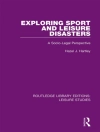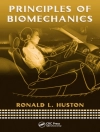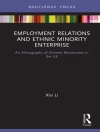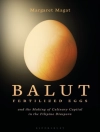Recently, increased attention has been given to the social and environmental context in which criminal offending occurs. This new interest in the human ecology of crime is largely demographic, both in terms of subject matter and increasingly in terms of the analytic methods. Building on existing literature within the social ecology of crime, this study introduces a new approach to developing and examining sub-county geographies of reported crime through the use of existing Census ...
Recently, increased attention has been given to the social and environmental context in which criminal offending occurs. This new interest in the human ecology of crime is largely demographic, both in terms of subject matter and increasingly in terms of the analytic methods. Building on existing literature within the social ecology of crime, this study introduces a new approach to developing and examining sub-county geographies of reported crime through the use of existing Census place and county definitions coupled with spatial demographic methods. This process of spatially decomposing counties into Census places and what Esselstyn (1953) earlier called "open country, " or non-places, allows for the development of a unique, but phenomenologically appropriate sub-county geography. The new sub-county geography substantively holds meaning jurisdictionally given the current organization of the criminal justice system as well as demographically in the conceptualization of "rural" and "urban" in the demographic analysis of crime. Using 1990 and 2000 Agency-level Uniform Crime Report data in conjunction with recently developed spatial statistics, significant processes of spatial mobility in regards to the spread of criminal activity are identified. This represents an extension and adaptation of current and evolving methods used in identifying processes of the spatial diffusion of crime.












